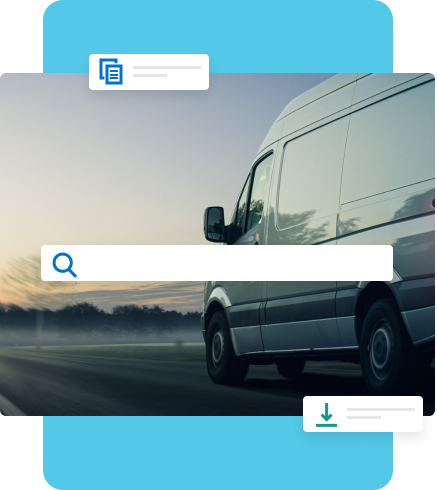The term webhooks may seem like it’s something for your IT team only. However, there are many strong business use cases for webhooks that your management team and decision-makers should be aware of, such as eliminating manual tasks and providing opportunities to fix customer issues immediately. So let’s start with the basics.
What exactly are webhooks?
Webhooks are automated messages sent from one system or app to another when an event happens. In other words, in the world of home services and retail, webhooks allow data such as arrival, delivery, and departure times and information such as customer feedback to be sent in real-time. With messages sent automatically, in-the-moment data is readily available, helping them make better business decisions and automating additional actions based on the webhook content.
How are webhooks used?
There are a wide variety of use cases for webhooks. Utilizing webhooks with a solution like Glympse takes the need for manual updates out of the process. Instead, this data is automatically pushed from one system to another, allowing businesses to:
- Track real-time arrival, delivery, onsite, and departure times of service technicians and delivery drivers, as well as distance traveled.
- Update driver and technician statuses to the master scheduling solution automatically with no interaction required.
- Collect customer feedback as soon as the project is complete or the product is delivered.
And many more.
For example, when a technician arrives at a destination, Glympse detects this arrival automatically through geofencing and fires a webhook. This changes the service appointment status without needing the technician to make an update manually.
Similarly, after completing the task, another webhook is fired when a technician leaves a destination and provides time on-site. At this moment, it can trigger an event to send a feedback form to the customer when they are most likely to respond.
Glympse sees up to a 42% response rate for feedback when it’s available immediately after the service or delivery is complete.
Since not all feedback is positive, it’s crucial to respond when a customer leaves poor feedback. Another excellent use case for webhooks is when feedback is submitted, a webhook can be fired to alert customer care immediately so they can respond and resolve issues quickly.
With your team being informed of problems just moments after the transaction instead of days after via email, you have more control over the customer experience and improving satisfaction.
How Enterprise Brands Are Using Webhooks
Glympse works closely with enterprise brands to give them complete visibility into last mile data and enhance customer experience. Glympse recently worked with two major enterprise brands to uncover use cases for webhooks to automate processes and get better data.
Validate Mileage for Technicians
A global leader in delivering technology services and solutions implemented Glympse to automate every step of their technician’s process by leveraging auto-arrival geofencing and even an exit geofence to close out the job and provide time-on-site data. However, they were missing one component, which was tracking mileage. Their current process for tracking mileage had relied solely on self-reporting by the technician. The managers wanted a way to validate the mileage technicians were reporting without relying on manual effort.
With the help and partnership of Glympse, this industry-leading business is leveraging the “distance traveled” webhook, which provides the distance in miles for each phase of the customer journey or project. Once the phase is completed, the webhook fires and provides mileage and distance traveled data, including task and agent details.
Real-Time Delivery Feedback from Customers
One of the biggest brands in pizza wanted to get real-time insights into their deliveries. So they set up webhooks to fire after certain events took place.
For instance, when a 5-star feedback form is received after delivery, the comments are displayed on monitors at the local store. The real-time feedback gives employees and managers insights into how they are doing, if the pizza is arriving hot and if the order was fulfilled correctly.
Alternatively, if a 1-star feedback form is received, a webhook is fired to alert the local store so they can immediately take action and make it right with the customer. Whether it’s a direct phone call or automatically sending a coupon to the customer for their next order, having access to real-time feedback allows the company to gauge success and make corrections when needed.
To discover more use cases for webhooks and see how in-the-moment data can help you make better business decisions, contact Glympse today and learn about our 90-day free trial.




